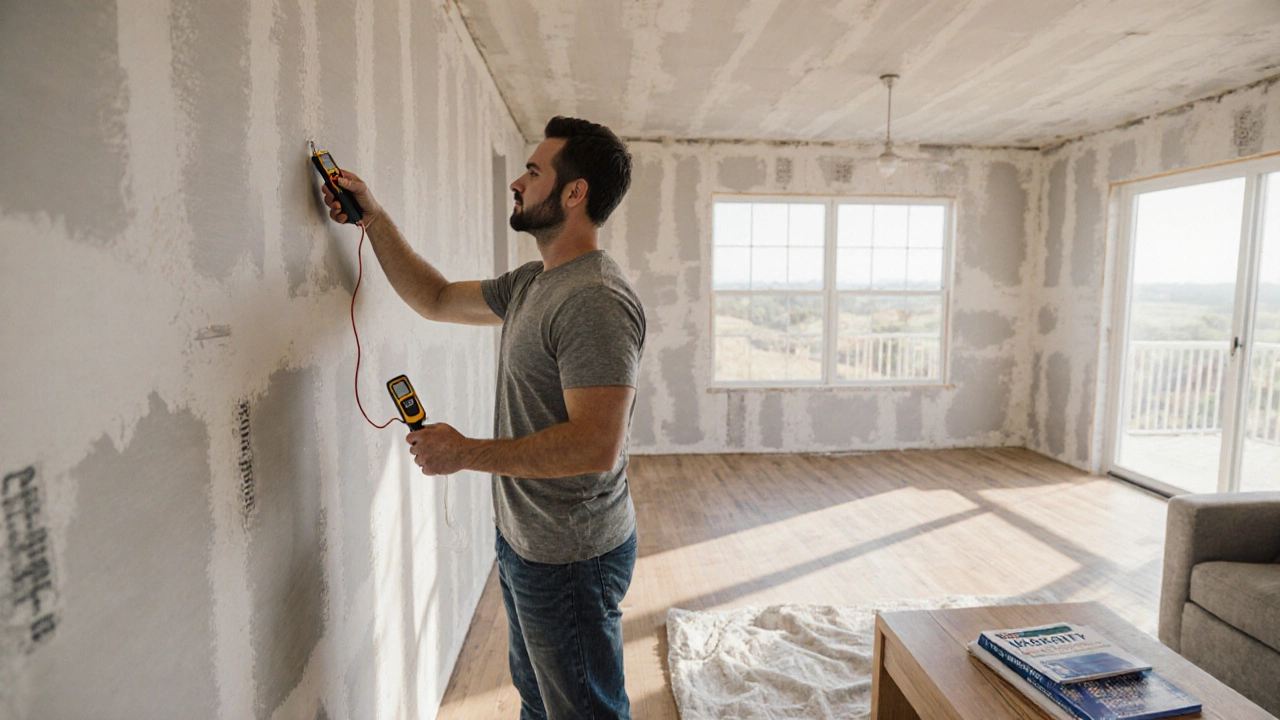Low VOC Paint: What It Is, Why It Matters, and What to Look For
When you buy low VOC paint, a type of paint formulated to emit minimal volatile organic compounds, which are chemicals that evaporate into the air and can harm health and the environment. Also known as low-emission paint, it’s become a standard choice for homes, schools, and offices because it doesn’t fill the air with toxic fumes after application. Unlike traditional paints that can keep releasing chemicals for weeks—or even months—low VOC paint dries faster and leaves behind far less odor. That’s not just about comfort; it’s about safety. The U.S. Environmental Protection Agency says indoor air can be two to five times more polluted than outdoor air, and paint is one of the biggest contributors.
What makes a paint truly low VOC? It’s not just marketing. The EPA sets a limit of 250 grams per liter for flat finishes and 380 g/L for non-flat ones. Many top brands now go well below that—some as low as 50 g/L. Look for third-party certifications like Green Seal or Greenguard, which test for actual emissions, not just chemical lists. These certifications matter because not all "eco-friendly" labels are created equal. The real difference shows up in how you feel after painting: no headaches, no dizziness, no lingering smell. That’s why contractors working on nurseries, hospitals, and senior housing now default to low VOC options. It’s not a trend—it’s a requirement in many new building codes.
Related to this are VOC emissions, the release of harmful chemicals from products like paint, adhesives, and cleaning supplies, which directly impact indoor air quality, the condition of air inside buildings and how it affects health and comfort. Poor indoor air quality is linked to asthma, allergies, and long-term respiratory issues. Even if you don’t feel sick right away, constant exposure adds up. That’s why new builds are shifting away from oil-based paints and toward water-based low VOC alternatives. You’ll also see this in renovation projects—especially when people are replacing old walls that already have layers of toxic paint underneath.
And it’s not just about health. Low VOC paint now performs just as well as older types. Coverage, durability, and color retention have improved dramatically over the last decade. Brands like Benjamin Moore Natura, Sherwin-Williams Harmony, and Behr Premium Plus Ultra don’t just claim to be safe—they back it up with real-world results. You can get the same rich finish, easy clean-up, and long-lasting protection without the chemical burden.
What you won’t find in this collection are vague claims about "green living" or fluff about sustainability trends. Instead, you’ll get clear, practical advice: how to read labels, which certifications to trust, how much extra you might pay, and which products actually deliver on their promises. Whether you’re painting a bedroom, a commercial office, or a new build, the right paint makes a difference—not just for you, but for everyone who spends time in that space.
Can I Paint a New Build? Essential Tips for Homeowners
Learn if you can safely paint a new build, what warranties allow, and the best primer and paint choices for fresh drywall.
Learn more...